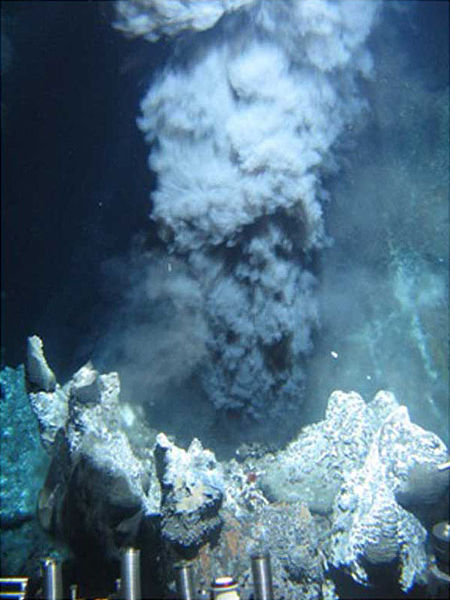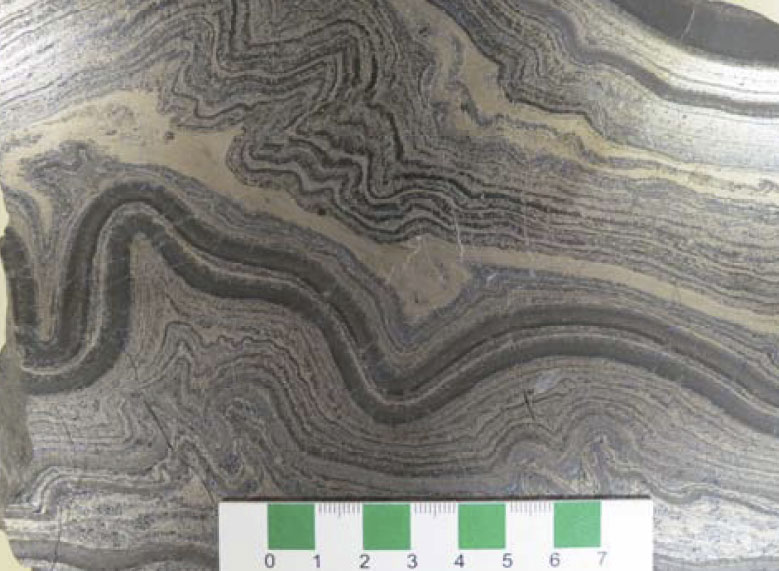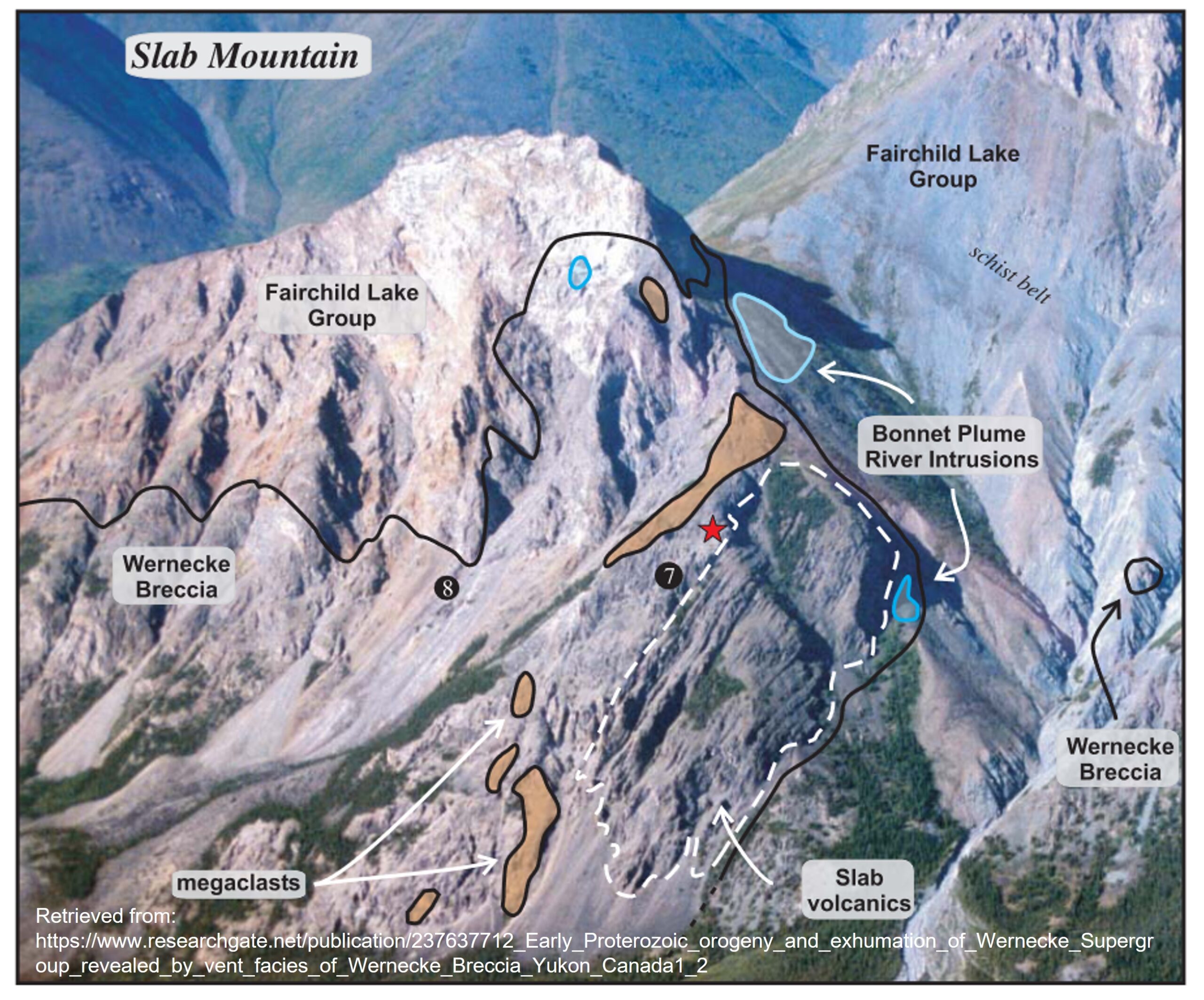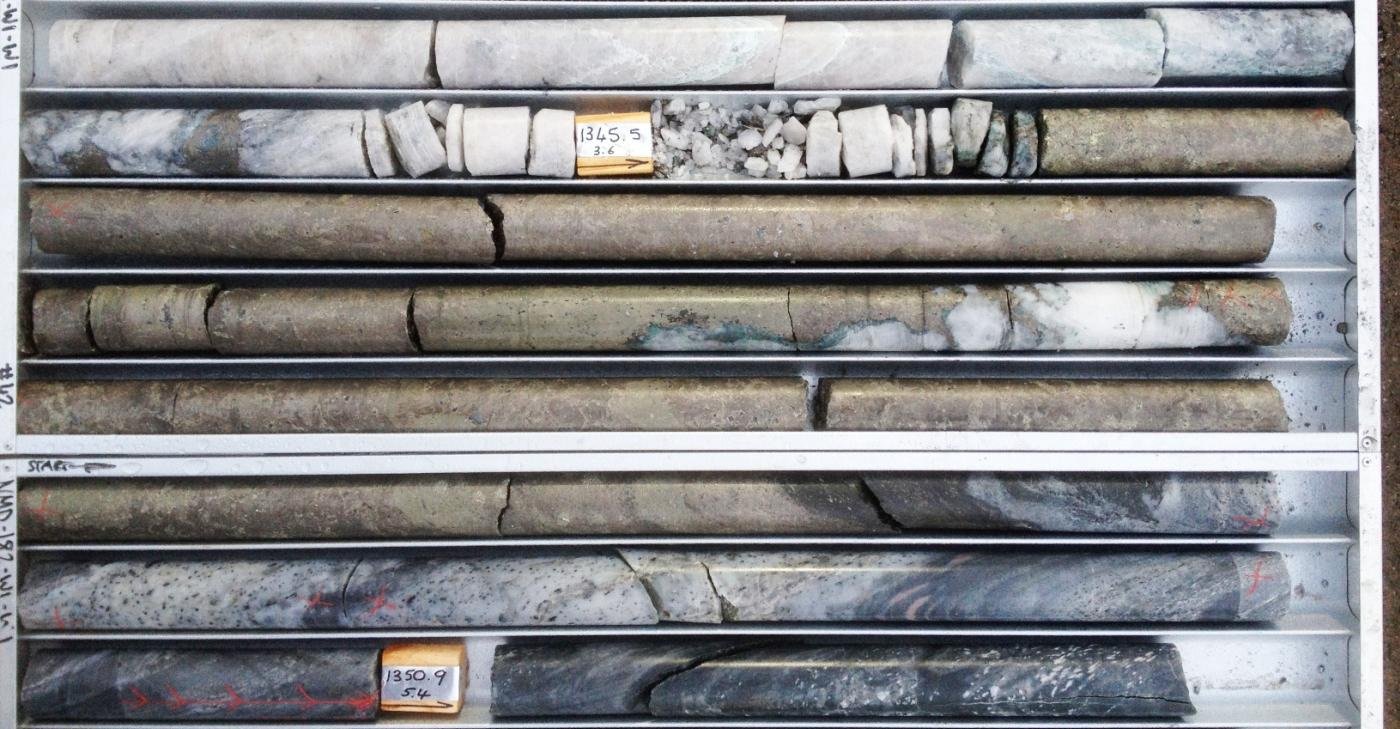The copper grade appears comparable to other IOGC-type deposits, but this is a small sample of a much larger area and we’ll need much more data before we can make any interpretations or come to any conclusions.
[box type=”info” align=”aligncenter” ]Disclaimer: This is an editorial review of a public mining company press release and is not an endorsement. It may include opinions or points of view that may not be shared by the companies mentioned in the release. The editorial comments are highlighted so as to be easily separated from the release text and portions of the release not affecting this review may be deleted. Read more at How to Use this Site.[/box]
TORONTO, ONTARIO–(Marketwired – Aug. 14, 2014) – Honey Badger Exploration Inc. (TSX VENTURE:TUF) (“Honey Badger” or the “Company”) is pleased to provide an update on its 2014 Summer exploration program at its Sagar Property in Northern Quebec. The current program includes drilling, ground mapping, magnetometer surveys and on-site geochemical and mineralogical analyses of grab samples. This data, combined with a re-examination of the available historical geological and geochemical dataset, continues to highlight the potential for a polymetallic Iron Oxide Copper Gold (“IOCG”) discovery at Sagar. To-date, 2,000 meters have been drilled and assays were received for the first hole.
[box type=”note” align=”aligncenter” ]Honey Badger is currently executing a fairly broad exploration program throughout its Sagar property located in northern Quebec, Canada. This includes surface exploration methods such as geologic mapping and rock sampling. The company also plans a magnetometer survey of the property. Magnetometers can be used either at the surface or flown by a helicopter or airplane. These devices are used to measure changes in the earth’s magnetic field and detect magnetic anomalies. In the midst of all this exploration the company also plans on having a fresh look at historical data. It doesn’t hurt to re-investigate historical data to see if it correlates with the new data acquired. [/box]
The summer exploration program traced magnetic anomalies of various sizes (ranging from 200 to 1,000 metres in length) at surface and found they were coincident with pervasive copper-rich magnetite enrichments that are typical of the alteration envelop of an IOCG deposit. The current program also identified the following characteristics that are typical of other IOCG deposits around the world:
- The association of biotite + magnetite or K-feldspar + magnetite with chalcopyrite in the magnetite-rich copper mineralization
- The presence of centimeter-wide magnetite veins
- The discovery of kilometre-long, breccia zones with potassic feldspar and specular hematite alteration
- Extensive albite (sodic) alteration
[box type=”note” align=”aligncenter” ]The Sagar property has been interpreted as an Iron Oxide Copper Gold (IOCG) prospect. IOCG’s form from very large (regional scale) hydrothermal alteration along conduits such as faults. These deposits can leave a very large hydrothermal imprint (from ten to hundreds of kilometers). The Olympic Dam in Australia is the worlds largest IOCG deposit and contains 8.3 Billion pounds of copper at 0.8% copper, 0.760 g/t gold and 3.95 g/t silver. [/box]
Drilling of the Delhi Pacific showing was undertaken to both confirm the extent and grades of the historically reported mineralization and extend the mineralization at depth and along strike. The Delhi Pacific mineralized trend forms a 3 kilometre long geophysical anomaly and remains open at depth and along strike. Zones of copper mineralization were systematically intersected along the geophysical anomaly.
The connection of the Delhi Pacific mineralization with the interpreted IOCG model across the Sagar property is further evidenced by the polymetallic signature of the core (copper, silver, molybdenum, cobalt and gold – observed with X-ray fluorescence) of the mineralized zones of the Delhi Pacific trend, the localized observation of weakly developed magnetite-bearing alteration at surface and the extensive development of biotite and actinolite alteration and copper mineralized hydrothermal breccias.
[box type=”note” align=”aligncenter” ]The company used X-ray fluorescence to identify the metals present within the drill core. This method of geochemical analysis is a convenient and cost effective way to determine if drill core contains anything of value before submitting samples for assay. A portable X-ray fluorescence (XRF) analyser is device that can detect the elements present and their various proportions, but only from within the small surface area that is tested.[/box]
An inferred extension related to the Delhi Pacific trend mineralized structure was intersected in a drill hole on the Chibtown area, 2 kilometres south-southeast of the Delhi Pacific showing. Significant results from this hole are presented below:
| Drill hole | From (m) | To (m) | Length* (m) | Copper (Cu) % |
| CB14-01 | 70 | 102 | 32 | 0.601% |
| including | 74 | 94 | 20 | 0.893% |
| 459 | 465 | 7 | 0.617% |
*Lengths reported above in metres (“m”) are drill intersected core and do not represent true widths.
[box type=”note” align=”aligncenter” ]The company has only released a single drill hole from it’s 5000m summer exploration program. The copper grade appears comparable to other IOGC-type deposits, but this is a small sample of a much larger area and we’ll need much more data before we can make any interpretations or come to any conclusions. Also note that the lengths reported here are apparent thicknesses.
[/box]
Quentin Yarie, Honey Badger’s President and COO states “this intersection confirmed the geophysical predictions and supports the continuity of the Delhi Pacific mineralized corridor 2.5 km to the SSE. We continue to find evidence that points towards a potential IOCG deposit at Sagar.”
On-site Quality Assurance/Quality Control (“QA/QC”) Measures
All samples were shipped to ALS Minerals Division preparation laboratory in Timmins Ontario. Analyses are being performed in the ALS laboratory in Vancouver, British Columbia All core samples were selected by the Honey Badger site geologist, and were cut in half by diamond core saw. Individual samples were labelled, placed in plastic sample bags and sealed. Groups of samples were then placed into durable rice bags that were shipped out when ready. The remaining coarse reject portions of the samples will remain in storage at the ALS in Vancouver as required in the event that further work or verification is needed.
Independent Quality Assurance and Quality Control (“QA/QC”) Protocol
A QA/QC program is implemented to monitor all assays from the Summer drilling program. Samples were assembled in batches and were continuously leaving the site for immediate testing. Included in each batch of samples are certified reference standards every 20 samples and blank samples comprised of sterile drill core inserted randomly (approximately every 20-30 samples).
[box type=”note” align=”aligncenter” ]A well planned QA/QC program is important to ensure precision and accuracy of drill core and rock sample assays.[/box]
About the Sagar Property
The Sagar Property is comprised of a series of claims totaling 107 square kilometres within the Labrador Trough, 200 kilometres north of Shefferville, Québec. Historically, the property has had high-grade gold and copper showings. It also includes extensive, untested copper and cobalt soil anomalies, which are all potential targets for copper and cobalt mineralized zones. Historical drilling of a small copper soil anomaly in 2007 produced 6.7 metres @ 2.46% copper and 1.50 metres @ 0.25 g/t gold.
Honey Badger has an earn-in option with Energizer Resources Inc. (TSX: EGZ) to acquire a 35% to 100% interest in the Sagar Property in consideration of cash payments, share issuances and work commitment expenditures as outlined in the News Release dated August 5, 2014.
Qualified Person
Quentin Yarie, P.Geo is the qualified person in regard to the technical data contained within this news release and will be responsible for overseeing all aspects of the Company’s exploration programs.
About Honey Badger Exploration Inc.
[box type=”note” align=”aligncenter” ]HoneyBadger is currently trading at $0.025 halfway between it’s 52-week range of $0.005 and $0.06.[/box]
Honey Badger Exploration is a gold and base-metals exploration company headquartered in Toronto, Ontario, Canada with properties in Québec and British Columbia. The company’s common shares trade on the TSX Venture Exchange under the symbol “TUF”.
[box type=”success” align=”aligncenter” ]Have a company or release you’d like us to look at? Let us know through our contact page, through Google+, Twitter or Facebook.[/box]






